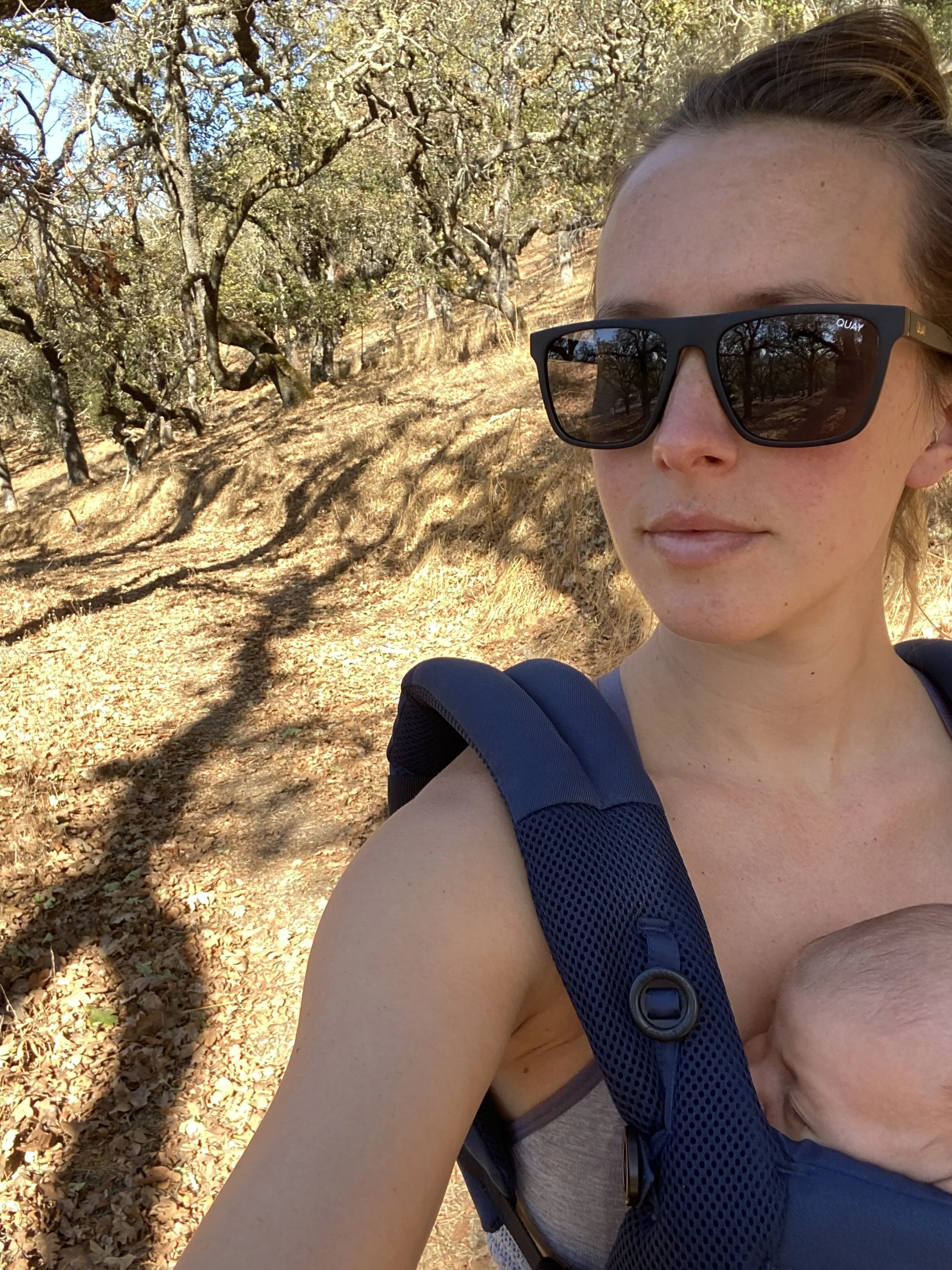Keto Lifestyle
The Keto diet has been a trending topic for a few years now. While some trends catch on and become integrated into cultures, others phase out as new ideas are brought forth. This trend in particular has given me great interest. Many people have seen fast results by following this diet, but what gets me wondering is, is it sustainable? Further, how can a diet surrounding high fat and moderate proteins be healthy for the body? With these questions in mind, I did some research.
I purchased The Keto Diet, by Leanne Vogel. She is a nutrition educator and graduated with honors from the Canadian School of Natural Nutrition. I felt more comfortable making diet changes if some of the suggestions were coming from a reliable source within the nutrition field. Within her cookbook, she provides scientific explanations for how the keto diet works, as well as keto friendly recipes.
Carbohydrates come from many sources. These include vegetables, grains and fruits; when these carbohydrates get broken down within our bodies, they are turned into glucose and used as energy. This is the most basic form of energy our bodies can utilize. If we consume excess glucose, our bodies can store this in the form of glycogen in our muscles and liver. Once these storage spaces are filled up, glucose is converted to fat and stored in our bodies in that form. Because glucose is so easily converted into energy, this is the method our body chooses to use first; however, in order to keep our glucose levels up, we need to constantly consume it throughout the day. For some, this may mean we do not have a stable blood sugar as we consume foods that cause our blood sugar to spike, then plummit (Vogel, 2017 ). This can cause our bodies to crave sugars (whether breads, rice, pasta) and may result in overall weight gain as well as insulin resistance or sensitivity (Vogel, 2017).
The keto diet is a high fat and moderate protein diet that helps get our body into ketosis. This occurs when our bodies are burning fat to use as our primary fuel source, as opposed to glucose. When we decrease our carbohydrate intake, our body will use up our glycogen stores and then switch to using fat for energy (Vogel, 2017). Fat we consume and fat we store is broken down and results in the production of ketones; this creates the state of ketosis as our bodies use ketones as the body’s primary fuel source (Vogel, 2017). Additionally, our bodies can create glucose for energy in a process called gluconeogenesis; this means, instead of consuming glucose directly from food, our body can break down proteins and fatty acids into glucose. Utilizing fat as a source of energy results in a decrease in fat on our bodies, as well as keep our blood sugar from acting like a roller coaster.
After reading the physiology behind this diet, the process made sense to me. However, it did cause me to question, what is this increase in fat doing to our bodies? In nursing school, we learn how increased fat causes increased cholesterol, which can create plaque within our artery walls leading to a narrower pathway and potentially heart attack or stroke. Vogel (2017) addresses this concern and explains it is not necessarily about the total amount of cholesterol we have in our blood so much as the ratio between triglycerides and HDL (a type of cholesterol), and explaining triglycerides are one of the main causes of heart disease and increasing fat consumption can actually decrease your blood triglyceride levels.
Given this information, we gave this diet a try. I felt the brain fog more strongly than my partner, but almost immediately he noticed he didn’t feel the afternoon blood sugar crash, and overall, his body had less aches and pains. Ultimately, we found the diet to be difficult to adhere to. Once we had a few recipe ideas, it made planning meals a lot easier. However, dining at other people’s homes, holidays, and life in general made it hard to be sustainable. We determined that more than anything, this was a valuable learning experience. We were able to see how our bodies responded to less carbohydrates, and can now implement small changes into our lifestyle that support our bodies’ optimal functioning while promoting wellness.
Before drastically changing your lifestyle, it is important to consider overall health implications, and consult a professional if you have underlying conditions that maybe effected from such changes.
Reference:
Vogel, L. (2017). The keto diet: The complete guide to a high-fat diet, with more than 125 delectable recipes and meal plans to shed weight, heal your body, and regain confidence. Auberry: Victory Belt.













